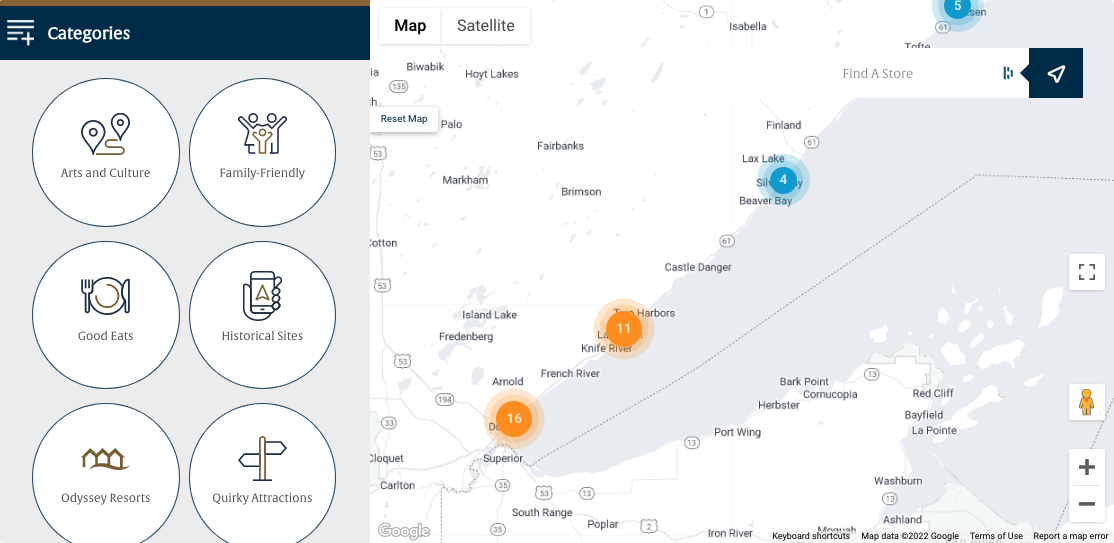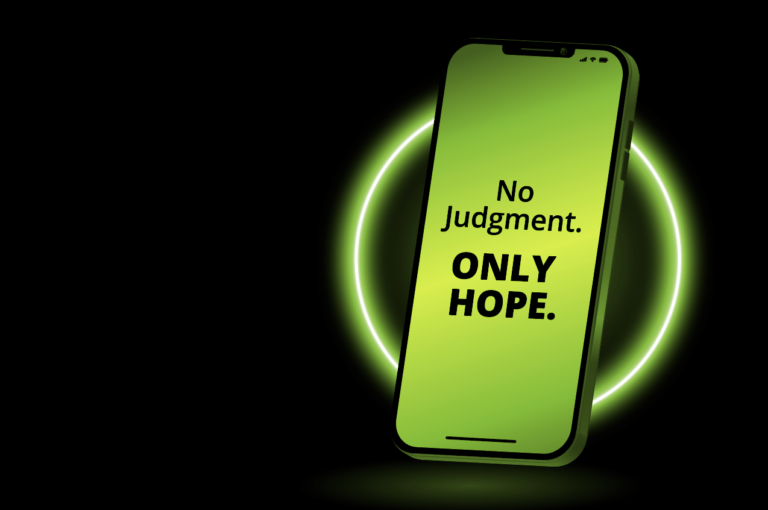Discover how creative strategy and robust tech capabilities are strengthening brand-audience relationships.
When you think of cartography, historic maps, ship navigation and early explorers might come to mind. While map creation has roots dating back many centuries, modern creative and technical capabilities make cartography as relevant as ever – especially when it comes to connecting with your audience.
When infused with creative strategy, digitized maps can be one of the most powerful tools to introduce others – whether it be neutral viewers, prospective customers, or loyal patrons – to your brand in a way that allows them to fully visualize a space and become curious and inspired.
Today, advanced technology called Geographic Information Systems (GIS) is prevalent, and used to create maps by collecting data linked to a geographic location and enabling use of the positioning.
An expert with more than 10 years working with GIS, Andrew Harvey works in close collaboration with Russell Herder to provide technical execution of creative concepts. Harvey explains that, over the years, mapping capabilities have become more accessible than ever before and are now being utilized for purposes that couldn’t have been considered in the past – like this sliding-view before-and-after map of International Market Square (where Russell Herder lives!) created by Harvey.
“With new technologies, it is much more affordable to modify every aspect of the map,” says Harvey, who is the founder and president of Planet Krouton, a mapping service for the event, real estate, and tourism industries, among others.
Harvey’s work ranges from highly curated maps like the South
“A brand can bring in their color scheme, their fonts, or even add logos for icons within the map. The second big branding aspect is the ability to curate your map. With Google, one must compete with the points of interest they provide, often picked based on their advertising algorithms. With custom mapping one can fully curate what you want the map reader to see.”
While cartography will always be a valuable tool for identifying and navigating to destinations, it can now be used in countless other ways as well. Russell Herder’s creative strategy emphasizes enhancing the perception of physical spaces to spark enthusiasm and build interest.
Another effective example – though not benefitting from Harvey’s next level touches – is our recent work for Odyssey Resorts highlights attractions between the Twin Cities and resort destinations, making the trip itself part of the experience. Also, a map we created for Timberland Partners provides a visual snapshot of how their properties are widespread throughout the country, a quick display of their impressive numbers. Because the map is interactive, viewers can engage by clicking on states for more in-depth information. Our work for Know the Dangers is an interactive map that connects people with pharmacies near them.

The creative possibilities within mapping for festivals and events, tourism, realty, and community services are broad, and get results by supporting and advancing the information provided by other mediums.
“Maps aren’t just for getting from point A to point B – they provide a great opportunity to pack a lot of data into an easy-to-digest visual format,” explains Zach Spanton, Senior Digital Art Director at Russell Herder.
One of the best parts about GIS is that it not only collects and organizes geographic data, it also has potential to update easily as spaces change, and can be built to fit in with existing web infrastructure. “Our most common storage format is a PostgreSQL database purpose-built to allow for updating data on the fly, thereby automatically updating all of the associated lists and maps right along with it,” says Harvey.
A robust cartography plan can elevate your marketing strategy with eye-catching, engaging and informational visuals that are referenced over and over again. With a team of creative and tech-equipped experts, it becomes just the right tool to bring a physical space to life to make a lasting impact.
Want to learn more? Reach out to Robin Melville or Carol Russell to discuss how RH could use these innovations to further your goals.





